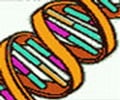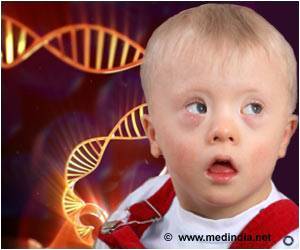Many get disappointed when, even after dieting rigorously, a tiny piece of cake adds pounds and this is because of genetic makeup, claims a new study.

This is why some diets work for you, and some don't.
This suggests that future diets should be tailored to an individual's genes rather than to physical appearance.
"We should stop looking for a panacea and start accepting that this is a complex problem that may have a different solution for each individual," said Laura K. Reed, Ph.D, a researcher from the Department of Genetics.
To make this discovery, the scientists studied 146 different genetic lines of fruit flies that were fed four different diets.
Results showed that diet alone made a small contribution to the total variation, while genotype and genotype interactions with diet made very large contributions.
The research was published in the journal Genetics.
 MEDINDIA
MEDINDIA




 Email
Email










